Events in Austria are alarming. Because there and elsewhere, progressives hold up their hands and ask: what can we do?
Last Thursday, on a cool Vienna night, anti-fascist protesters thronged through the pretty boulevards of Austria’s capital. The far right – in the shape of the Freedom party (FPÖ), led by bespectacled ideologue Herbert Kickl – had secured first place in September’s elections, unprecedented in postwar Austria. The protesters waved placards with slogans like “FPÖ ist so 1938”, referring to the year of Adolf Hitler’s Anschluss annexation, and chanted “Nazis raus!” (“Nazis out!”). They were boisterous and determined, but without a clear strategy to drive back the rightwing authoritarian surge that threatens to rot western democracies from within.
What is happening in Austria should alarm you, because it reflects a wider trend. It’s certainly true that the FPÖ is different from other far-right parties because it can directly trace its roots to Europe’s fascist past: its first leader in the 1950s was a former Nazi functionary, and its leader in the 1990s – Jörg Haider – praised Nazi employment policies and lauded former Waffen-SS members as “decent men”. When the conservative Austrian People’s party (ÖVP) brought him into coalition in 2000, this breaching of the cordon sanitaire, which was supposed to separate the centre right and what lies beyond, led to EU sanctions and mass protests at home and abroad.
Owen Jones is a Guardian columnist
Do you have an opinion on the issues raised in this article? If you would like to submit a response of up to 300 words by email to be considered for publication in our letters section, please click here.
Continue reading…

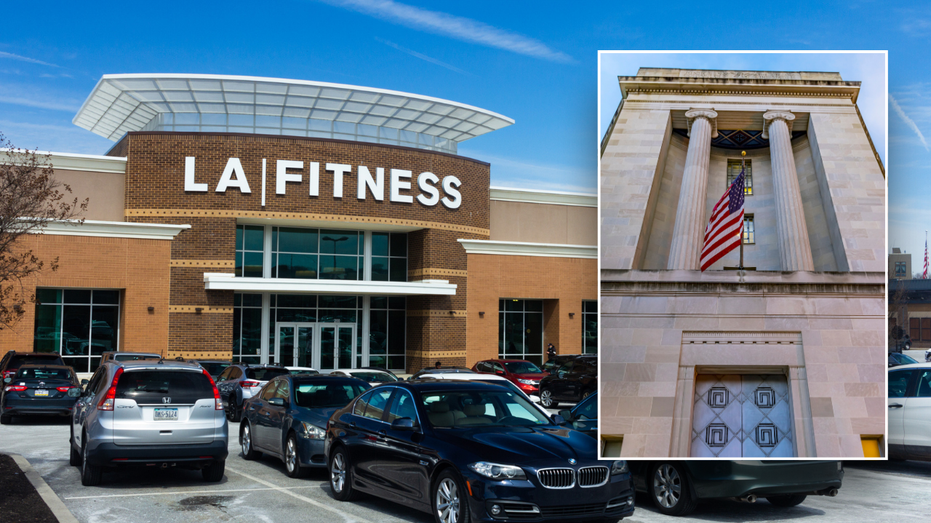
:format(jpeg):quality(80)/wp-content/uploads/2024/10/dieta-cu-sardine-a-unei-femei.jpg)

:format(jpeg):quality(80)/wp-content/uploads/2024/10/romania-liechtenstein-amical-7062024-scaled-e1728402651940.jpg)

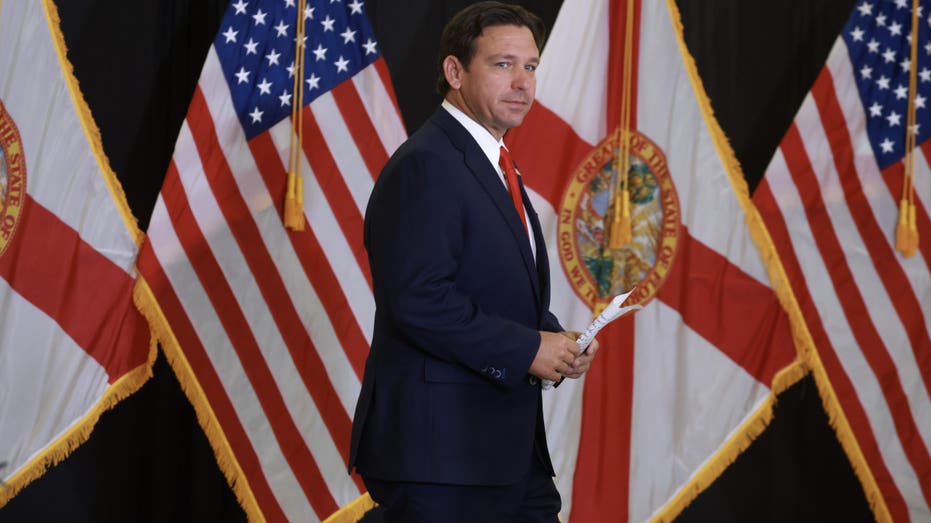
:format(jpeg):quality(80)/wp-content/uploads/2024/10/steag-romania.jpg)

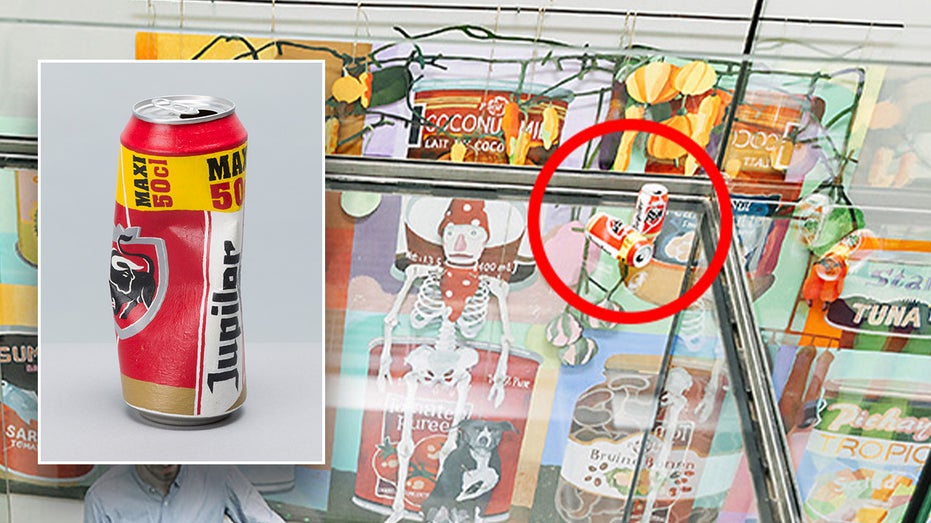


:format(jpeg):quality(80)/wp-content/uploads/2024/10/mircea-lucescu-mihai-stoica.jpeg)
:format(jpeg):quality(80)/wp-content/uploads/2024/10/zodii.jpg)

:format(jpeg):quality(80)/wp-content/uploads/2024/10/negrescu-3.jpg)

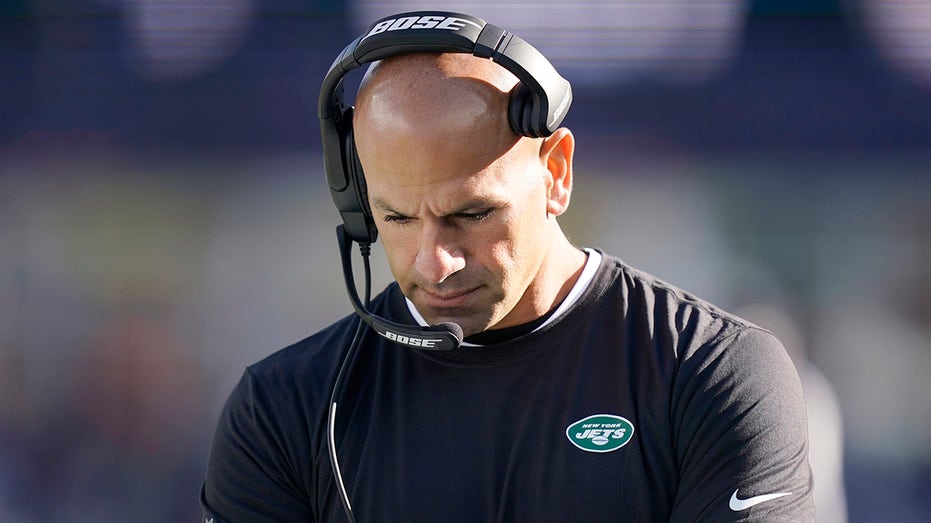
:format(jpeg):quality(80)/wp-content/uploads/2024/10/sumudica-daniel-sandu.jpg)

:format(jpeg):quality(80)/wp-content/uploads/2024/10/bani-multi.jpg)
:format(jpeg):quality(80)/wp-content/uploads/2024/10/busuioc.jpg)


:format(jpeg):quality(80)/wp-content/uploads/2024/10/de-ce-merge-gigi-becali-cu-calugarii-la-meciurile-fcsb-nu-ma-bate-nici-realele-madride-1.jpg)

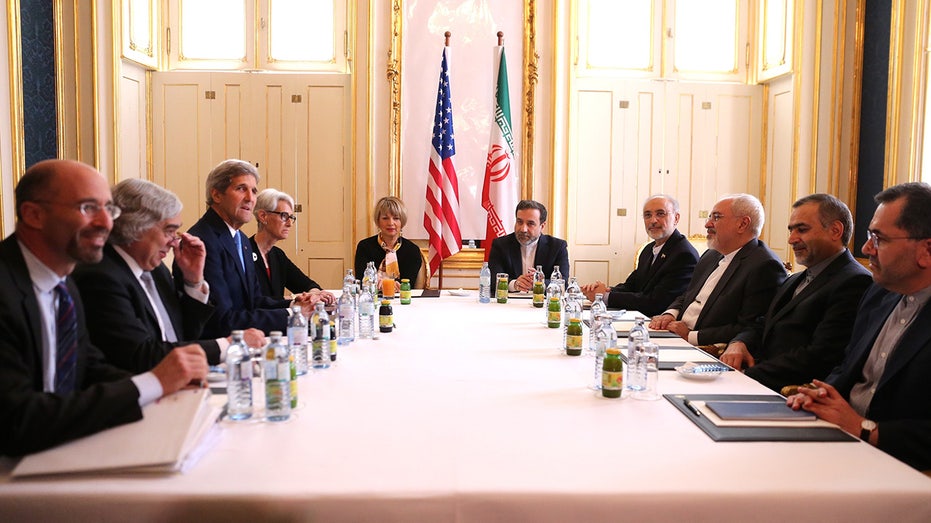


:format(jpeg):quality(80)/wp-content/uploads/2024/10/whatsapp-image-2024-10-08-at-153914.jpeg)
:format(jpeg):quality(80)/wp-content/uploads/2024/10/lidia-fecioru-1.jpg)